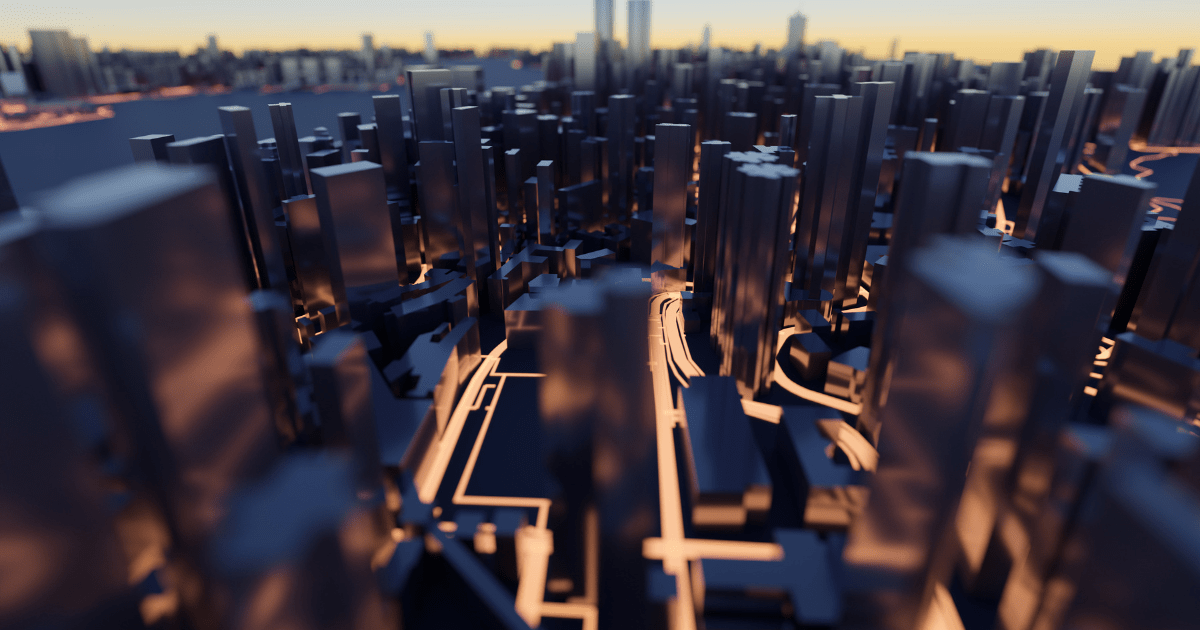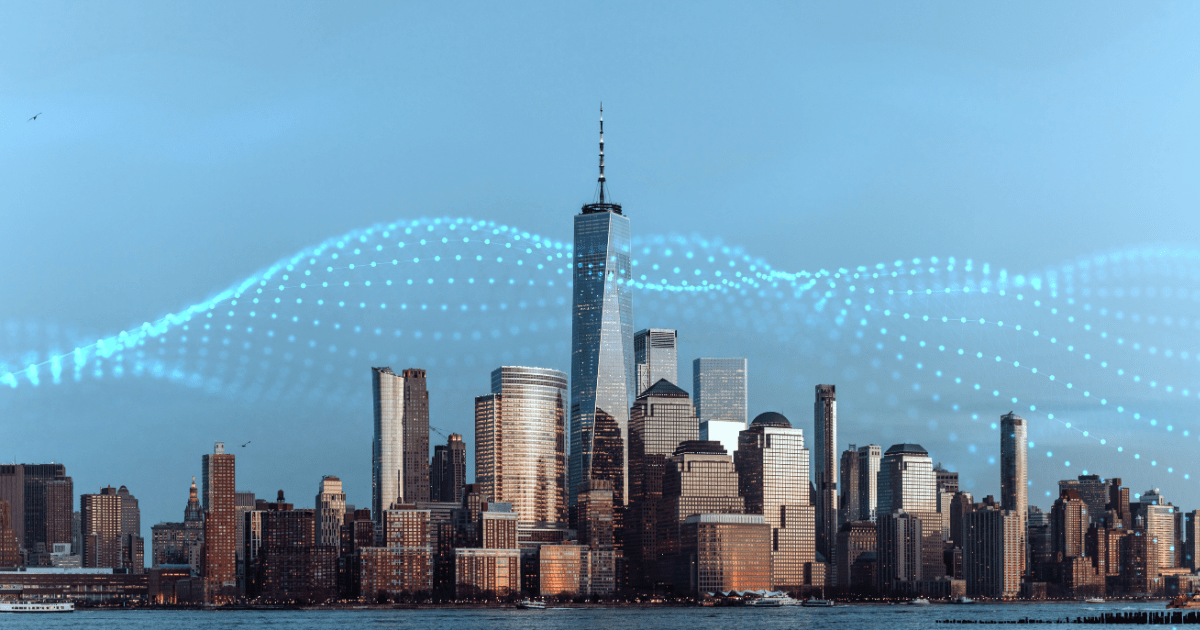An Introduction to Distributed Optical Fiber Sensors: Towards More Efficient Cities

In today's rapidly evolving urban landscape, the need for efficient and sustainable cities is more critical than ever.
Distributed optical fiber sensors offer a promising solution to monitor and optimize various aspects of urban environments. They have a lot of potential in improving the efficiency, safety, and sustainability of cities, and have wide range of applications.
Understanding Distributed Optical Fiber Sensors
Distributed optical fiber sensors leverage the unique properties of optical fibers to enable real-time monitoring over large areas. By transmitting and analyzing light signals along the length of the fiber, these sensors can detect and measure various physical and environmental parameters.
This technology offers versatility and a wide range of applications, making it a valuable tool for urban monitoring and management. The ability to convert optical fibers into distributed sensors has revolutionized the field of sensing, enabling continuous monitoring in diverse urban environments.
Advantages and Benefits of Distributed Optical Fiber Sensors
The advantages of distributed optical fiber sensors in urban environments are significant.
Real-Time Monitoring:
One of the key advantages is their ability to provide continuous, real-time monitoring over extensive areas. Unlike traditional point sensors, distributed fiber optic sensors offer a distributed sensing capability, enabling the collection of data along the entire length of the fiber. This comprehensive monitoring provides a holistic view of the urban environment, allowing for early detection of anomalies and timely decision-making.
Precision:
Another significant benefit is the high spatial resolution of distributed optical fiber sensors. These sensors can detect changes in physical and environmental parameters with exceptional precision, enabling accurate and detailed monitoring. This level of resolution is particularly crucial in urban settings where small changes can have significant implications for infrastructure integrity, public safety, and environmental quality.
Cost-Effectiveness:
Distributed optical fiber sensors offer cost-effectiveness in urban monitoring. By leveraging existing optical fiber infrastructure, such as telecommunication networks or utility lines, the need for additional sensor installations is minimized. This not only reduces the cost of implementation but also minimizes disruption to urban landscapes.
Seamless Integration:
Additionally, distributed fiber optic sensing provides a non-intrusive monitoring solution. Unlike traditional sensors that may require physical installations or invasive techniques, distributed optical fiber sensors can be seamlessly integrated into existing infrastructure without causing disruptions or altering the aesthetics of the urban environment.
Safety:
The continuous monitoring capabilities of distributed optical fiber sensors contribute to enhanced safety and risk management in urban areas. By providing real-time data on various parameters such as temperature, strain, vibration, and pressure, these sensors enable early detection of potential hazards, structural weaknesses, and abnormal events. This proactive approach to risk management ensures prompt responses, mitigating the potential for accidents, infrastructure failures, and other critical incidents.
Reliability:
These also have proven to be reliable and durable, capable of withstanding harsh environmental conditions commonly found in urban environments. Their resistance to electromagnetic interference, moisture, and temperature variations allows for consistent and accurate data collection even in challenging settings.
Overall, the advantages and benefits of distributed optical fiber sensors make them indispensable tools for creating more efficient and sustainable cities. With their real-time monitoring capabilities, high spatial resolution, cost-effectiveness, non-intrusiveness, and reliability, these sensors empower urban planners, infrastructure managers, and decision-makers to optimize resource allocation, improve safety measures, and enhance the overall livability of cities.
-min.png?width=1200&height=630&name=Blog%20Post%20(15)-min.png)
Applications of Distributed Optical Fiber Sensors in Urban Environments
The applications of distributed optical fiber sensors in cities are diverse and impactful.
In infrastructure monitoring, these sensors can detect structural changes, monitor pipelines for leaks or damages, and assess the integrity of bridges and buildings. They can also provide early warning systems for landslides and monitor traffic conditions. Additionally, distributed optical fiber sensors play a crucial role in environmental monitoring by continuously monitoring air and water quality, enabling prompt responses to potential hazards and ensuring a healthier urban environment.
These sensors are also utilized for perimeter security, enabling the detection of intrusions, and ensuring the safety of public spaces.
Enhancing Smart Cities with Distributed Optical Fiber Sensors
Distributed optical fiber sensors are integral to the development of smart cities. Their integration with Internet of Things (IoT) platforms enables seamless data collection, analysis, and decision-making. By combining the data from these sensors with other urban data sources, city managers can optimize resource allocation, enhance emergency response systems, and improve overall urban management.
For example, data from distributed optical fiber sensors can be used to dynamically adjust traffic signal timings, optimize waste management routes, and monitor energy consumption in real-time. This integration paves the way for more sustainable and livable cities, where resources are efficiently utilized, and citizens' well-being is prioritized.
Challenges and Future Directions
While distributed optical fiber sensors offer immense potential, there are challenges that need to be addressed. These include the cost of deployment, data management and analysis, and integration with existing urban infrastructure.
Ongoing research and development efforts are focused on overcoming these challenges and expanding the capabilities of distributed optical fiber sensors. As the technology evolves, we can expect advancements in sensing techniques, improved cost-efficiency, and even more diverse applications in the future.
Collaboration between industry, academia, and city planners will be crucial in driving innovation and realizing the full potential of distributed optical fiber sensors in urban environments.
Distributed optical fiber sensors hold great promise for creating more efficient and sustainable cities. By harnessing the power of distributed fiber optic sensing, cities can optimize resource allocation, enhance safety, and ultimately build a better future for their residents.
You can learn even more about this subject in the article: How Fiber Optic Sensing is Revolutionizing Infrastructure Problems Detection


